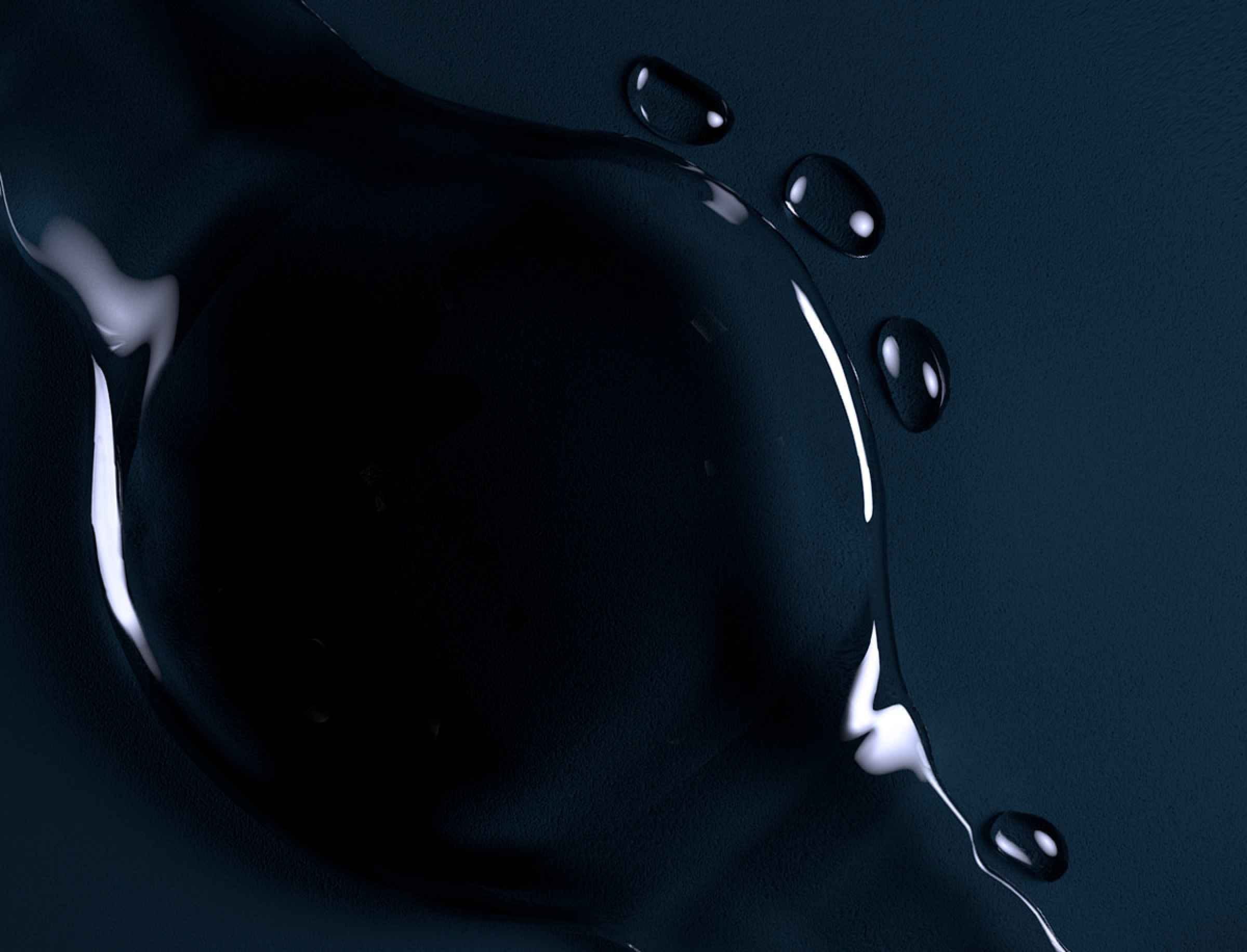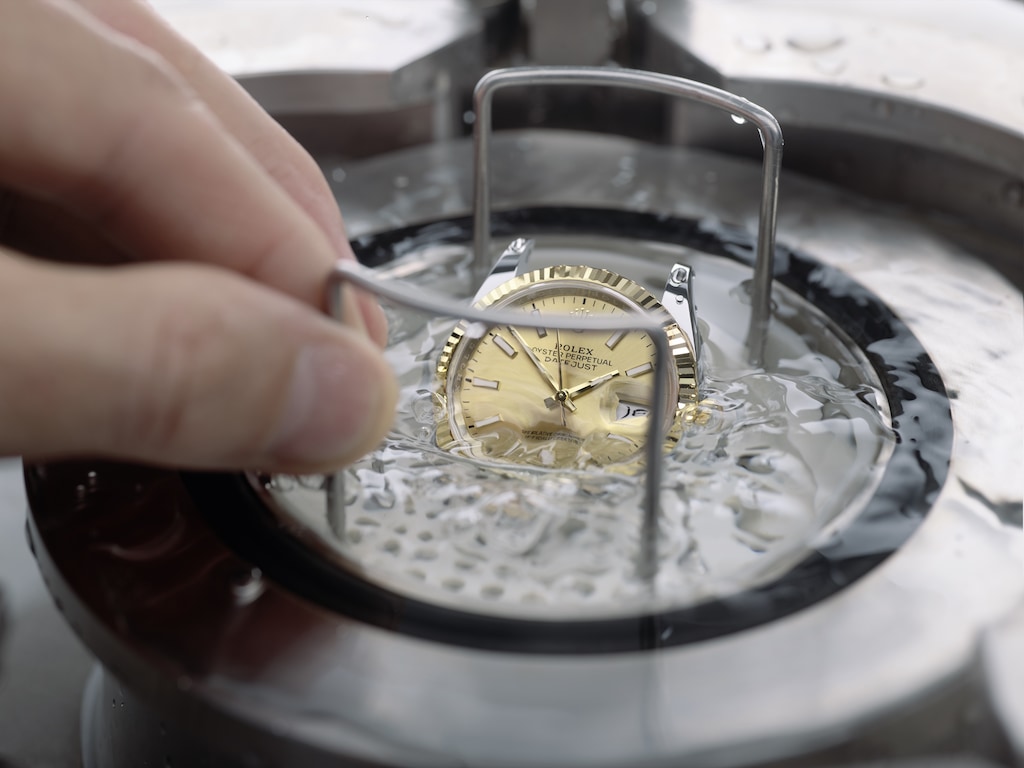
All you need to know about the water resistance of a watch
If you have bought a watch that is waterproof to 50 metres, you are probably thinking that your watch will be able to withstand a dip in sea water because you will probably never go that deep. However, the notion of water-resistance in the world of watchmaking is very relative and its certifications are often very far from reality. The water-resistance indicated by the manufacturers can be expressed in metres or in ATM. One ATM is generally considered to be equivalent to 10 metres. Here is an indicative list of the most frequently encountered water-resistance levels and their real meaning.
0 ATM or Water Resist: This watch is not actually waterproof, it is only resistant to perspiration.
3 ATM or 30 meters: This watch is resistant to splashing or hand washing.
5 ATM or 50 meters: This watch can be used underwater from time to time for swimming.
10 ATM or 100 meters: This watch is truly waterproof. It is not a diving watch, but it will accompany you during a swimming session or at the beach.
30 ATM or 300 meters: This watch can be considered as a real diving watch because you can go scuba diving with it.
The water resistance of a new automatic watch is given for two to five years.
Automatic watches can also be waterproof at depths far greater than those mentioned above. Rolex's Sea-Dweller Deepsea, for example, is a technical feat and is water resistant to 3900 metres. Automatic watches that are waterproof to more than 300 metres are more of a watchmaking feat than a real diving tool. Professional divers today are more likely to use dive computers than automatic watches, although some enjoy diving with a mechanical watch, often in addition to a dive computer.
If you have a truly waterproof watch (50 metres or more), you should still have its water resistance checked regularly as the seals become damaged over time. Generally, the water resistance of a new automatic watch is given for two to five years. After that it should be checked and serviced by a watchmaker. If you have any doubts about the water-resistance of your watch after a few years, avoid immersing it in water and have your watch checked by a watchmaker or by your retailer directly. Please note that you may be charged for a water-resistance check.

How to preserve the water resistance of your watch?
Generally, a waterproof watch is equipped with a screwed crown which guarantees optimal water resistance. Make sure that the crown of your automatic watch is always screwed down as dust or water could get into the mechanism and damage it. Similarly, make sure that your crown is always screwed down after resetting the time and especially before immersing your watch under water.
If you have a waterproof chronograph watch, be careful not to set the chrono underwater as most of these watches are not designed to work underwater. Some of these watches have screw-in pushers (such as the crown) and it is essential to check that they are screwed in before submerging the watch.
For any watch, whether it is waterproof or not, you should avoid taking a bath or shower with it as temperature variations can expand the seals and render them ineffective.



